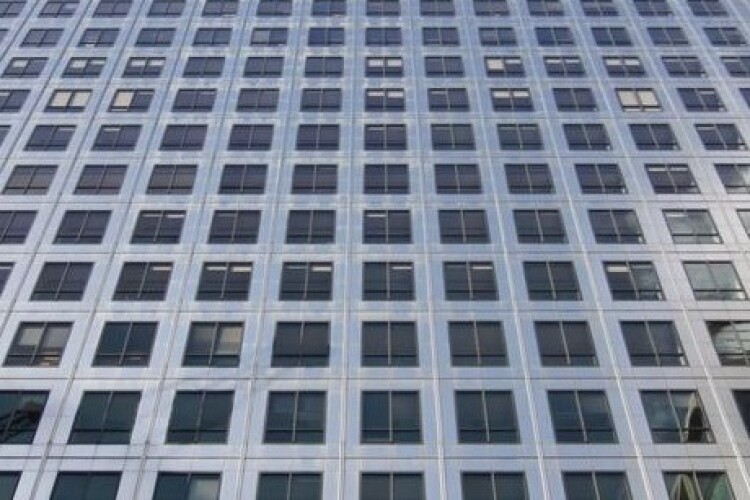The government published a consultation paper yesterday, Strengthening planning policy for brownfield development, looking to implement a ‘presumption in favour of brownfield’ to ensure more brownfield land is used for housing, rather than expanding onto the greenbelt or outside of urban areas.
In a separate consultation it is also looking to relax permitted development rights (PDR) for converting empty shops and offices into housing and for property owners to build bigger extensions without planning permission. Changes to various permitted development rights also proposes relaxing some of the rules about heat pumps and electric vehicle charging points.
Big developers like Barratt, British Land and Landsec were quick to speak out in support of the proposals, relishing the idea of builder denser inner-city schemes with minimal interference from planning controls.
Others, however, were more measured in their responses and still have their eyes on the green belt.
Muniya Barua, deputy chief executive at business lobby group BusinessLDN (formerly London First), said: “While priority should continue to be given to redeveloping brownfield land, this alone will not meet the scale of London’s housing challenge and that’s why we’re calling for a strategic review of the capital’s green belt to identify poor-quality parts that could be transformed through sustainable residential development.”
Richard Beresford, chief executive of the National Federation of Builders (NFB), said: “There isn’t enough brownfield land to get close to solving the housing crisis and whilst this policy is welcomed as a concept, if it exists to avoid the political backlash from building on the greenbelt, we should expect the housing crisis to endure.”
Rico Wojtulewicz, NFB’s head of policy and market insight, added: “Brownfield is land allocated for non-residential development, if you [allocate it] for housing, where do you put the extra GP surgeries, jobs, shops, services etc.to support even higher local populations? Well, you either build them on the greenbelt, outside of communities or not at all.
“If the government wants to make ‘brownfield first’ a decent solution, it needs to demolish sites and rebuild them more densely, e.g. 10+ storeys. This will mean developments can provide housing and non-housing needs. If it does not do this, we still will not build enough houses, as there is not enough brownfield as it is, and ‘brownfield first’ will produce worse places to live.”
.png)
Philip Box, policy advisor at the UK Green Building Council, was also worried about what sort of places we would end up with under these proposals. He said: "We are concerned that proposals to streamline the conversion of office buildings into residential accommodation risks generating a new wave of ‘slums’, and poorer quality development. The evidence is clear – from the government’s own research to the Building Better Building Beautiful Commission – that PDR of this kind risks poorer quality design, environmental outcomes and quality of life for residents."
Countryside campaign group CPRE also fears that relaxing planning control will have negative consequences.
CPRE policy and planning Paul Miner said: "We welcome the government’s proposals to encourage developers to build on urban brownfield land. Now we need a proper brownfield-first policy too. Without one we will continue to see a chronic lack of genuinely affordable housing or homes for social rent in rural areas.
“There are enough shovel-ready brownfield sites in the UK for 1.2 million new homes. We hope that today’s announcement will help to realise their potential. We have concerns, however, that the proposed ‘presumption in favour’ will make it harder for local authorities to negotiate the provision of sufficient levels of genuinely affordable housing or the required wider infrastructure. We need to build communities with a genuine mix of social housing and low cost homes for sale. Without them, the housing crisis will remain unsolved."
The Federation of Master Builders (FMB) said that the proposed planning reforms were ‘positive steps’ but needed to go beyond just cities to solve the housing crisis.
FMB chief executive Brian Berry said: “House-building rates have fallen flat and urgent action will be necessary in order to deliver the volume of homes that Britain needs. I welcome the government’s proposals to make it easier for permission to be granted for building on brownfield sites, and the planned requirements for local councils to be less bureaucratic in preventing house building. But we must take these ambitions beyond the big cities.
“Small house builders must be at the heart of these plans, not just major developers. Brownfield sites are the mainstay sites of small builders, helping to rejuvenate run-down sites back into high quality housing. But we must also look beyond big cities and at the type of homes being delivered. There is a lack of affordable housing in the countryside, where small house-builders once thrived. There are a wealth of brownfield sites outside of our major cities, but they are often overlooked in local plans. This must be addressed.”
Got a story? Email news@theconstructionindex.co.uk



